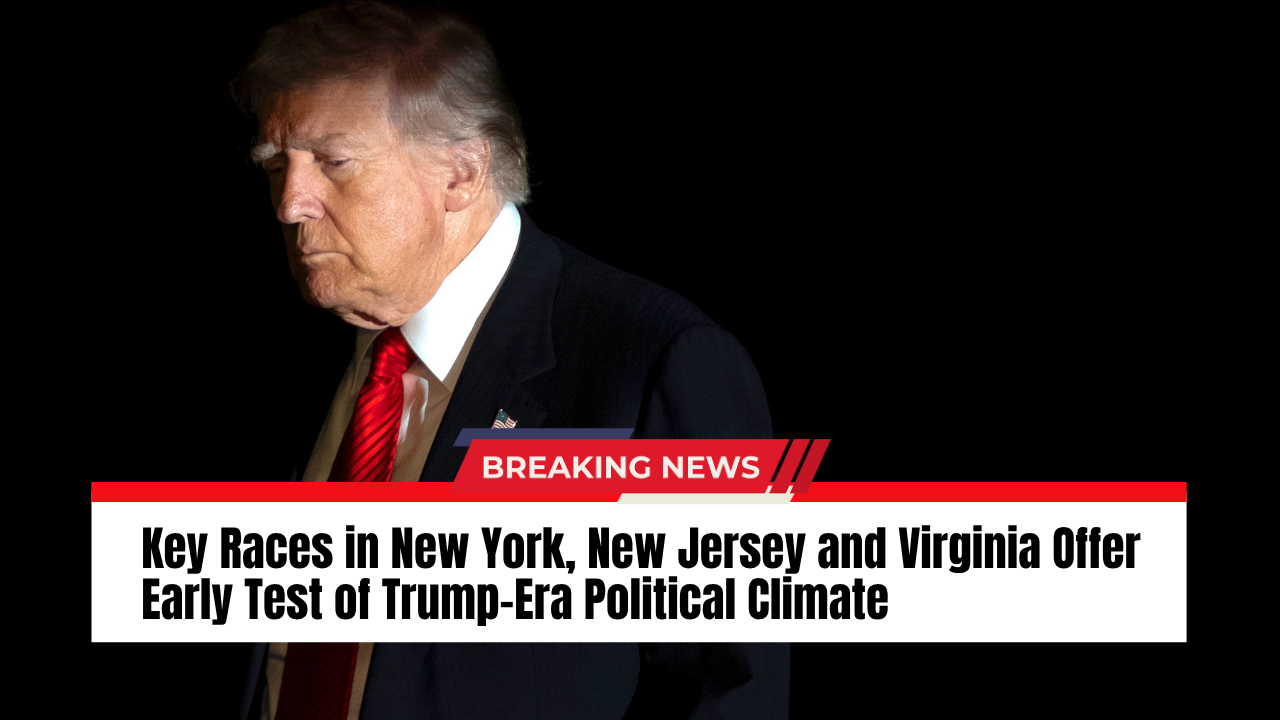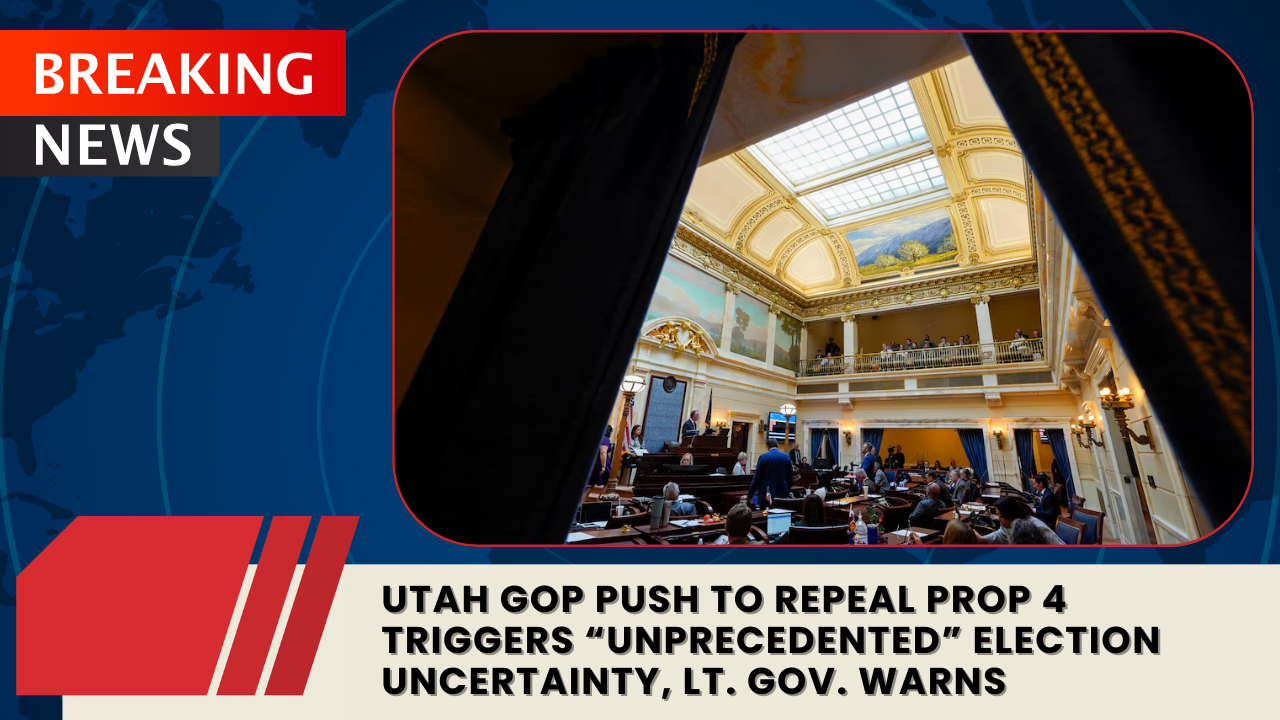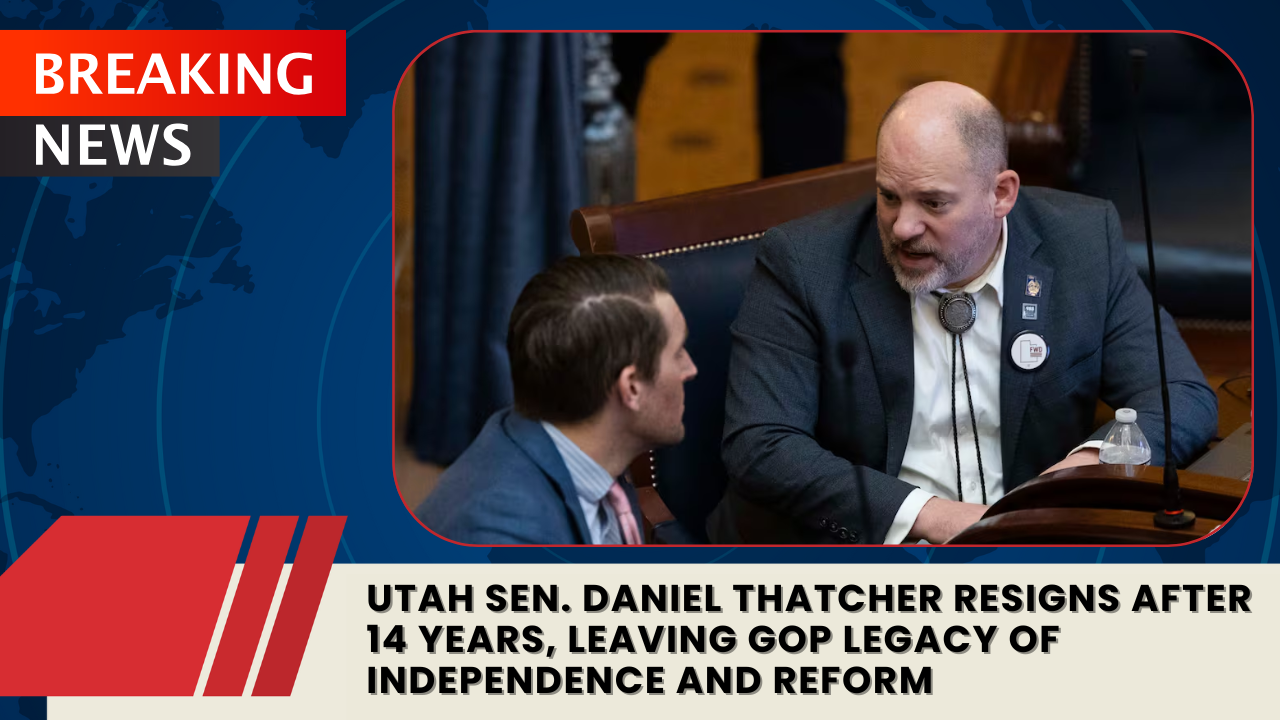Voters in New York, New Jersey, and Virginia headed to the polls Tuesday in a series of high-profile elections that could signal how the country is reacting to Donald Trump’s first months back in the White House. The outcomes may hint at how Democrats and Republicans will position themselves ahead of the 2026 midterm elections.
Governorships in New Jersey and Virginia Under the Spotlight
In New Jersey, Democratic congresswoman Mikie Sherrill, a former U.S. Navy helicopter pilot, faces a tight race against Republican businessman Jack Ciattarelli. Polls show Sherrill holding a narrow lead, and the result could reflect how suburban and independent voters feel about Trump’s policy agenda.
Meanwhile, in Virginia, former Democratic U.S. representative Abigail Spanberger is leading in most surveys over Republican Lt. Gov. Winsome Earle-Sears. The race is being closely watched in regions where national issues—like Trump’s immigration enforcement actions and tariffs—are influencing local decisions.
New York City’s Mayoral Contest Highlights Democratic Ideological Divide
The New York City mayoral race has become a symbol of internal tension within the Democratic Party.
State Assembly member Zohran Mamdani, a 34-year-old democratic socialist, is running against former governor Andrew Cuomo, who entered the race as an independent after losing the Democratic primary.
Cuomo resigned as governor in 2021 following allegations of misconduct, while Mamdani has drawn support from progressive figures such as Bernie Sanders and Alexandria Ocasio-Cortez. Polls show Mamdani maintaining a sizable lead, with Republican candidate Curtis Sliwa far behind.
The race is testing whether New York voters prefer a more progressive vision of housing affordability, public transit, and taxation, or a more centrist, familiar political figure.
California Voters Decide on Redistricting Power
In California, Proposition 50 asks voters whether state lawmakers should be allowed to redraw congressional maps—potentially boosting Democratic chances to flip several Republican-held districts. The measure is widely expected to pass and comes weeks after similar action in Texas, sharpening nationwide battles over redistricting and control of the U.S. House of Representatives.
Cost of Living Driving Voter Sentiment
Across all four states, the dominant concern remains the cost of everyday life. Candidates from both parties have emphasized affordability, rent pressures, wages, transportation costs, and inflation.
As Ken Martin, chair of the Democratic National Committee, noted, the campaigns reflect voter anxiety over rising living costs:
“Candidates are focused on affordability and the economic issues at the center of Americans’ daily lives.”
A Test of Trump Support Without Trump on the Ballot
For Republicans, the elections are a critical indicator of whether the enthusiasm that powered Trump’s return to the presidency will turn out voters even when his name is not listed. Republican candidates in blue-leaning states, however, walk a tightrope—align too closely with Trump, and they risk losing moderates; distance themselves, and they risk alienating his base.
The results, while not determinative of next year’s elections, are expected to influence campaign strategy across the country.



